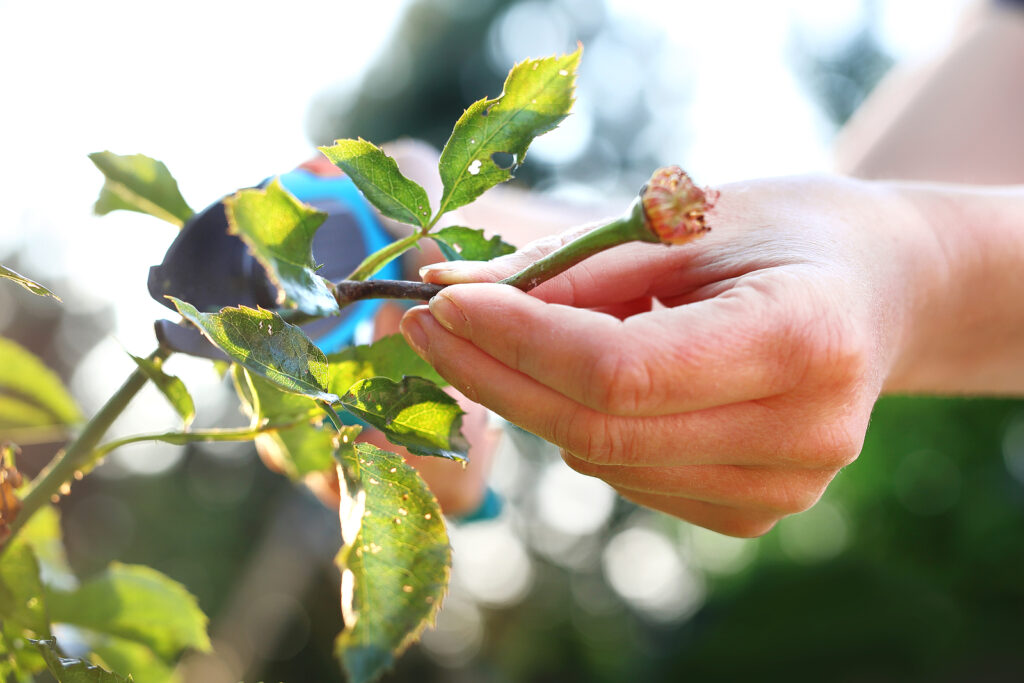Deadheading is a term gardeners use. It means removing or pruning away faded or fading flowers.
Gardeners deadhead for two reasons: first, to remove spent blossoms and keeps the planting looking pretty and tidy; second, to keep the plant producing new flowers.
Flowering plants flower in order to produce seed and create the next generation; flowering is one of the last things flowers do to complete their life. When flowers are deadheaded, the plant will try again to produce seed by producing new blooms.
Flowering plants that are not deadheaded will produce seed and will either stop blooming or produce far fewer flowers.
Deadheading annuals
- Annuals live for one growing season. As soon as they produce seed they will die.
- When an annual plant is deadheaded it will bloom again, and maybe even a third or fourth time.
Deadheading perennials
- Perennials live for several years. In nature perennials commonly bloom for a few weeks each year then drop seed.
- Most perennials that are deadheaded will continue to bloom. Some will bloom for months on end; others will produce a second flush of flowers after a period of rest.
Deadheading shrubs
- Some flowering shrubs respond to deadheading, but not all.

How to deadhead
Deadheading can take a few different forms:
- Annuals are often deadheaded by pinching; spent blossoms are pinched off between the thumb and forefinger or snipped with scissors. Deadheading annuals will allow new flowers to follow quickly.
- Perennials with tall tough stalks are commonly deadheaded with a hand pruner. If the stalk is long, follow the stalk back to the base or to a double set of leaves and snip it above the leaves.
- If a plant produces flower clusters, pinch off the faded flowers or remove the entire cluster after most of the flowers have faded. Use your fingers or a hand pruner.
- When deadheading flowering shrubs, follow the stem with the faded flowers into the center of the plant and make your cut there with a hand pruner. The resulting cut will be hidden by foliage.
Cutting back
- Bushy annuals and perennials that produce many small flowers can be cut back, which is spent flowers are sheared off the plant along with some foliage. Shearing off flowers is a form of deadheading.
- Bushy flowering plants can be sheared back by a third or more and they will often bloom again. Use a hand pruner, a pair of grass clippers, or hedge shears.
- Sheared flowering plants can look scalped or ragged for a period after cutting back but they usually regenerate fresh foliage and new blooms within a few weeks.
- Flowering plants that can be cut back include petunias, bellflowers, coreopsis, perennial blue salvia, balloon flower, golden marguerite, lobelia, hardy geraniums, gaura, and verbena.
Also of interest:















